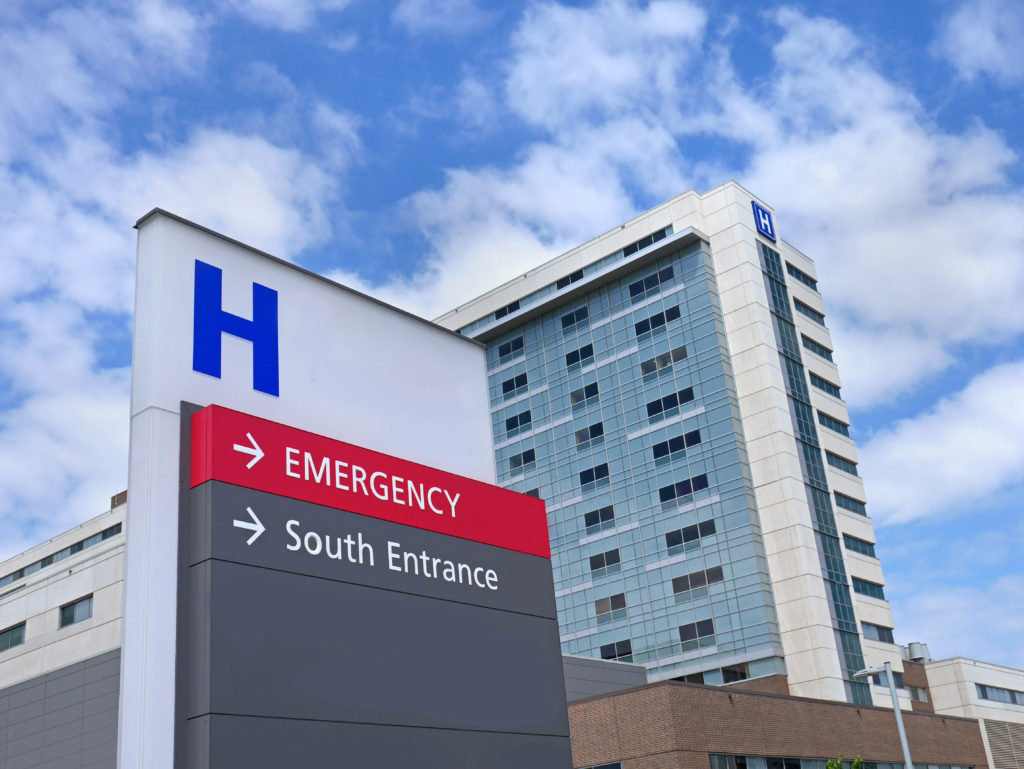The rapid identification of available and relevant hospital resources has emerged as a vital component of managing COVID-19 patient surge. Having the right information readily available in the most meaningful format for patient surge coordination centers tasked with directing patient transports ensures that patients receive care in the hospital best equipped to meet their needs and helps balance the load across the healthcare delivery system. Here are four best practices we have seen while working with our public health and healthcare clients:
Determine the Minimum Data Set
Determining the minimal amount of hospital data required to provide sufficient decision-making information improves focus and cuts down on hospital data update needs, an important consideration during times of massive required data collections. Basic medical/surgical and intensive care bed availability may adequately define that data set, but there may be additional needs when isolating patient populations. Reporting the availability of beds that can specifically accommodate infectious patients should also be considered.
Identify Relevant Hospital Network
Identifying the network of hospitals relevant to the specific coordination center, those comprising the expected patient transport options, completes the operational picture. This network could be based on location, hospital system, or mutual aid agreements.
Display Data in a Meaningful Way
Providing meaningful network-specific displays of the identified data set supports rapid data synthesis, crucial when directing the transport of critical patients. Tabular views provide the complete data set across the network facilities. Map views provide spatial representations, especially important when identifying proximal availability. In addition, help coordination centers target key indicators and available resource information more succinctly by creating unified dashboards consisting of:
- Bed utilization information, which can significantly enhance capability awareness – For example, four available ICU beds at a large trauma center indicates a much higher level of bed saturation than four available ICU beds in a small community hospital with an eight bed ICU capacity.
- Filtered lists that contain key, actionable information – For example, a list of hospitals with current pediatric bed availability.
- Threshold-driven summary data that helps identify critical shortages in real time among network hospitals.
Reduce Complexity
While the ability to “break the glass” and access additional hospital data or identify capability outside of the network is critical (after all, public health crises rarely follow scripts), sorting through unnecessary data fields and facilities can introduce noise, complexity, and confusion. Providing focused data presentations ensure patient surge coordination centers can rapidly identify the information necessary to support optimal patient outcomes.
About EMResource
Over 4,000 hospitals and public health departments rely on Juvare’s robust, highly configurable platform to track healthcare resources, availability, and facility operations status. Comprehensive views and dashboards provide powerful data sharing tools supporting situational awareness needs to all those involved in emergency medical, disaster, and pandemic response operations. If you have a story or a pro-tip, let us know!
